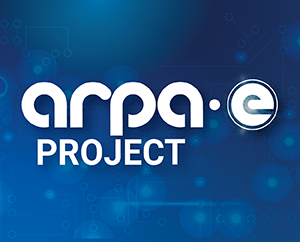Autonomous Load Control

Technology Description:
The National Rural Electric Cooperative Association (NRECA) will develop GridBallast, a low-cost demand-side management technology, to address resiliency and stability concerns accompanying the exponential growth in DERs deployment in the U.S. electric grid. Specifically, devices based on GridBallast technology will monitor grid voltage and frequency and control the target load in order to address excursions from grid operating targets. The devices will operate autonomously to provide rapid local response, removing the need for costly infrastructure to communicate with a central controller. If the devices are installed with an optional radio, they will be able to support traditional demand response through peer-to-peer collaborative operation from a central operator. The team includes experts from Carnegie Mellon University, Eaton Corporation, and SparkMeter, and will focus development on two specific devices: a water heater controller, and a smart circuit controller. The GridBallast project aims to improve resiliency and reduce the cost of demand side management for voltage and frequency control by at least 50% using a streamlined design and removing the need for extensive communications infrastructure.
Potential Impact:
If successful, projects included in the NODES Program will develop innovative hardware and software solutions to integrate and coordinate generation, transmission, and end-use energy systems at various points on the electric grid. These control systems will enable real-time coordination between distributed generation, such as rooftop and community solar assets and bulk power generation, while proactively shaping electric load. This will alleviate periods of costly peak demand, reduce wasted energy, and increase renewables penetration on the grid.
Security:
Innovations from this program would help the U.S. grid assimilate at least 50% of renewable generation and provide system reliability and resiliency while managing emerging energy generation and consumption patterns.
Environment:
The addition of flexible loads and DERs into the U.S. grid could offset 3.3 quads of thermal generation and displace 290 million tons of CO2 emissions.
Economy:
Using the NODES approach to integrate flexible loads and DERs into the grid could replace 4.5 GW of spinning reserves (i.e. generation capacity on stand-by in case of outages and unforeseen intermittency), a value of $3.3 billion per year. A more efficient and reliable grid would help protect U.S. businesses from costly power outages and brownouts.
Contact
ARPA-E Program Director:
Dr. Mario Garcia-Sanz
Project Contact:
Mr. David Pinney
Press and General Inquiries Email:
ARPA-E-Comms@hq.doe.gov
Project Contact Email:
david.pinney@nreca.coop
Partners
Eaton Corporation
Carnegie Mellon University
SparkMeter
Related Projects
Release Date:
02/04/2015
